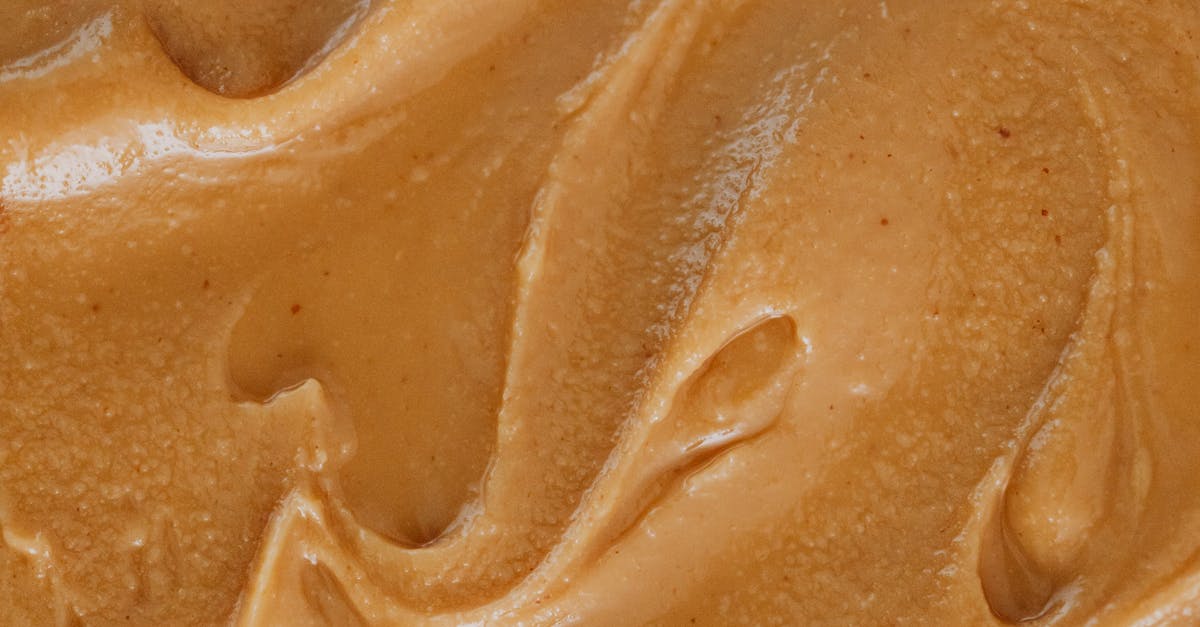Understanding Visceral Fat
Visceral fat, often known as belly fat, isn’t just about appearance; it’s a heavyweight in the arena of health. Picture it as a dark cloud hovering around our internal organs, sometimes leading to thunderstorms such as diabetes, heart disease, and even certain cancers. Grasping the significance of visceral fat is crucial for anyone aiming to enhance their health and quality of life.
In this article, we will journey through the architecture and influence of visceral fat, uncover the reasons behind its buildup, examine its associated health risks, and provide practical strategies for combating it. By understanding these key points, individuals can steer their lives toward healthier outcomes.
What Is Visceral Fat?
Visceral fat is the cushion that surrounds our vital organs, especially in the belly area. It isn’t like subcutaneous fat, which is just under the skin and can be pinched. A report from the National Institutes of Health reveals that excess visceral fat is linked to higher inflammatory markers. This inflammation can throw our hormonal functions off balance, leading to metabolic syndrome—a collection of conditions that raise the stakes for heart disease and diabetes.
As the years pass, our bodies often decide to store more of this fat in the belly, influenced by poor diets, lack of physical activity, and perhaps a few too many drinks.
Why Is Visceral Fat Dangerous?
This type of fat is especially troublesome because it sends out various signals that can harm our health. It emits pro-inflammatory cytokines, creating a backdrop of chronic inflammation, and can also disrupt insulin sensitivity. A large-scale study published in the British Medical Journal found that those with high visceral fat levels sported a 22% higher risk of developing type 2 diabetes.
Visceral fat is also linked with elevated levels of LDL (bad cholesterol) and triglycerides, paving the way to cardiovascular disease. Understanding this relationship is key when it comes to preventive health.
Factors Contributing to Visceral Fat Accumulation
- Diet: A diet rich in refined sugars and saturated fats can lead to weight gain, especially in the belly area.
- Physical Inactivity: Being sedentary contributes significantly to visceral fat, as movement helps regulate fat storage and metabolism.
- Stress: Nestled around the abdominal area, visceral fat is sensitive to stress levels, which can ramp up cortisol—a hormone tied to fat buildup.
- Genetics: Family history can play a role; genetics can shape how our bodies store fat.
How to Reduce Visceral Fat
Shaking off visceral fat involves a few lifestyle tweaks aimed at overall health improvement. Here are the pillars to focus on:
- Adopt a Healthy Diet: Aim for meals brimming with fruits, vegetables, whole grains, and lean proteins. The Academy of Nutrition and Dietetics suggests cutting back on refined sugars and processed foods.
- Increase Physical Activity: Seek at least 150 minutes of moderate aerobic activity weekly; brisk walking or cycling is a great start. Strength training also helps build muscle and rev up metabolism.
- Manage Stress: Find techniques to ease stress, like yoga, meditation, or even simple breathing exercises to lower cortisol levels.
Medical Interventions for High Visceral Fat
When lifestyle adjustments don’t cut it, medical help might be needed. Doctors may prescribe specific medications to aid weight loss and tackle underlying health issues linked to excessive visceral fat. According to CDC obesity statistics, certain medications can work well when paired with a comprehensive health plan.
Always reach out to a healthcare provider before starting any treatments, as they can provide guidance and monitor your progress as necessary.
Conclusion: Taking Control of Your Health
Visceral fat is a pressing health concern that demands our attention. By becoming aware of its effects, origins, and management techniques, we can take bold steps towards better health. Remember, the path to strapping down visceral fat begins with awareness followed by lifestyle changes.
Key Takeaways: Visceral fat is tied to many health threats, but by embracing a balanced diet, consistent physical activity, and effective stress management, we can significantly chip away at it. Collectively, these lifestyle shifts not only help reduce visceral fat levels but also enhance overall health and vitality.
So, let us prioritize our health today, taking actionable steps toward a brighter, healthier future. The power to overcome visceral fat is within our grasp!
